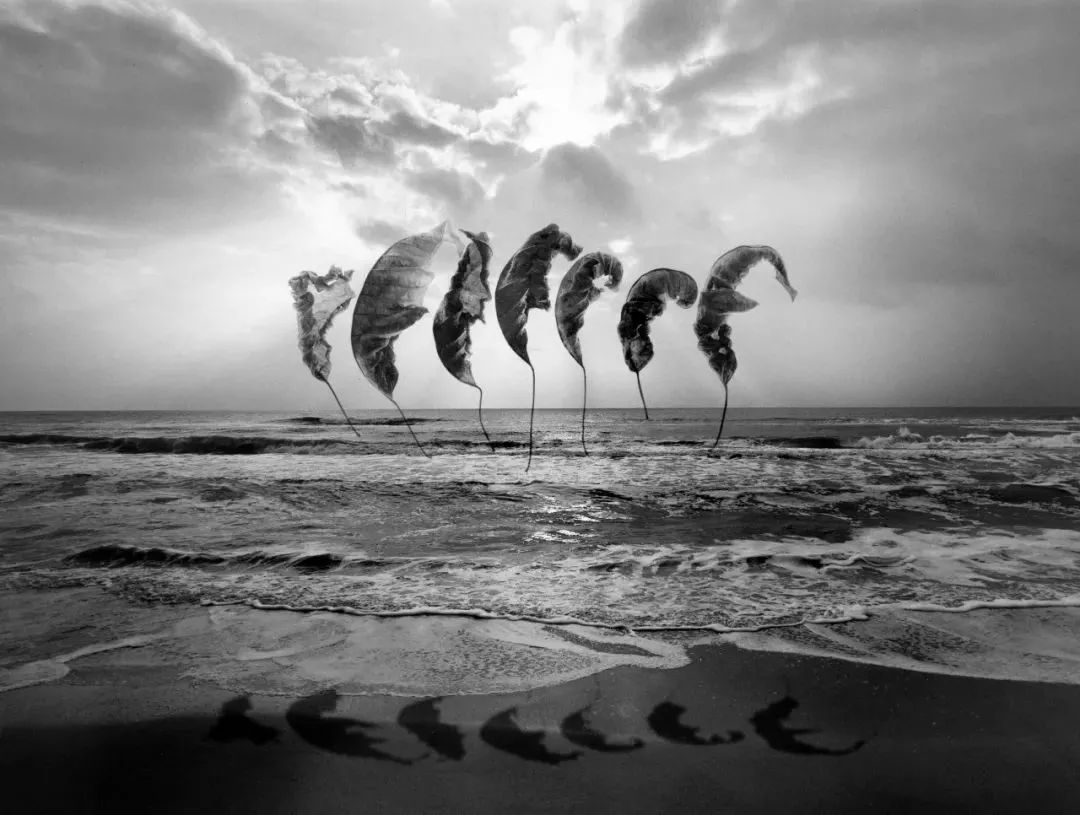
《跳跃的音符》 1988 © 尤斯曼 Jerry Uelsmann 孤版
图片由全视影像画廊提供
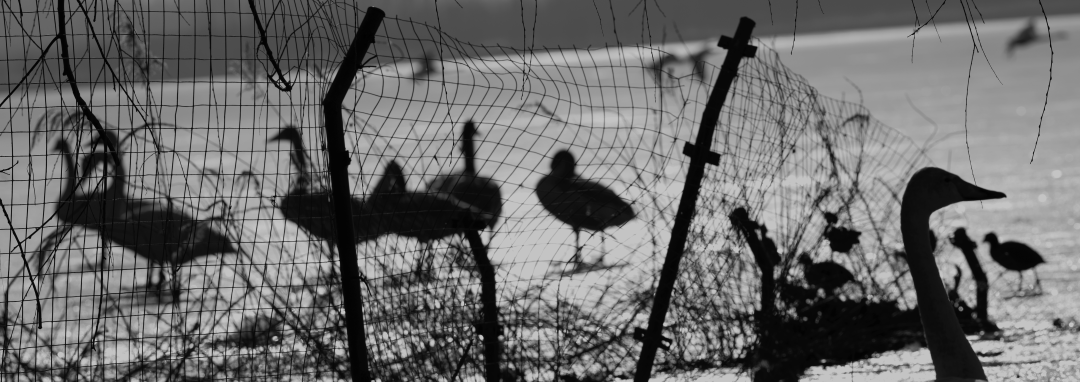
《魅羽》300x106cm哈内姆勒硫化钡+三明治+外框 2021/1
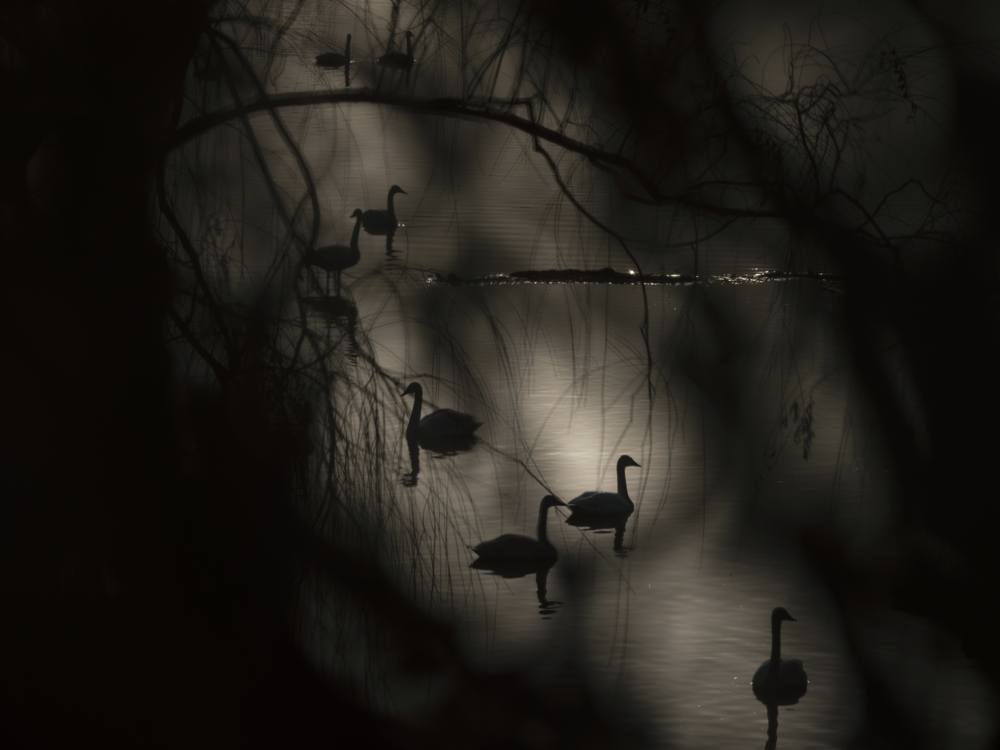
《魅羽》43x32cm哈内姆勒硫化钡+三明治+外框 2021/2
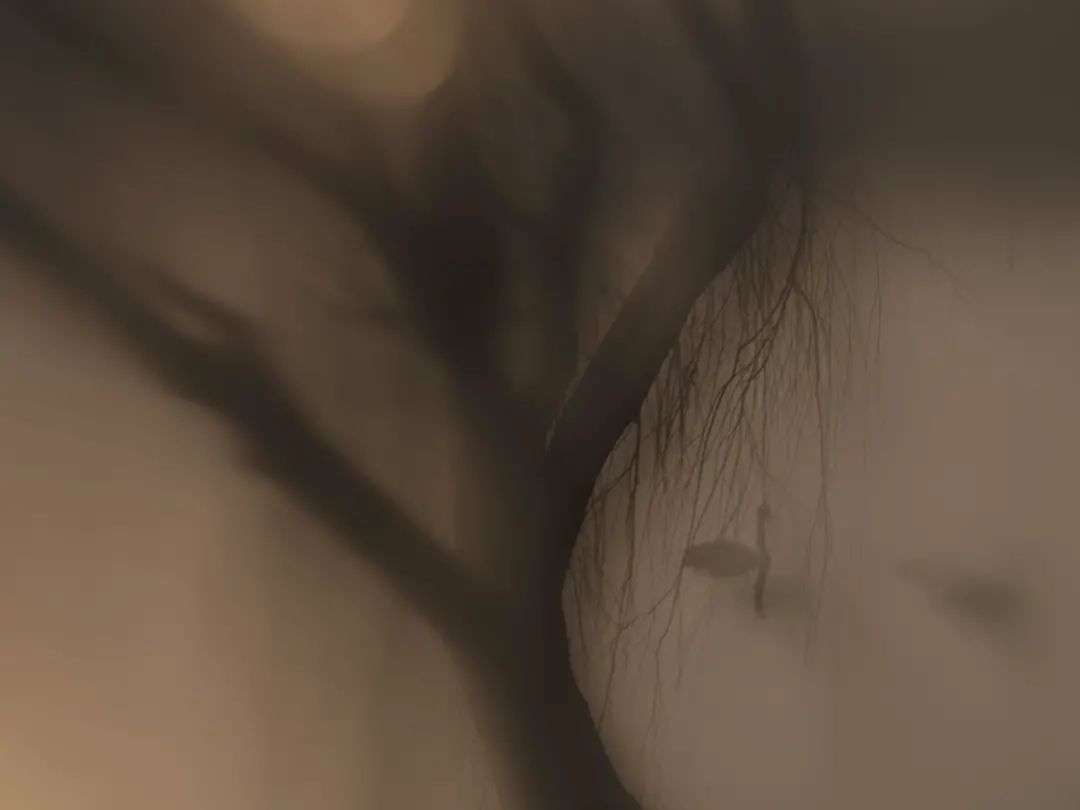
《魅羽》43x32cm哈内姆勒硫化钡+三明治+外框 2021/2
「 从“理想形象”到“精神图像” 」
李 楠
资深图片编辑、评论家、策展人
按照W.J.T托马斯·米歇尔动人心魄的描绘,人类自有史以来便孜孜以求的“形象”乃是一个庞大的家族,它的谱系涵盖了图像、视觉、感知、精神与词语。它从浩渺远古跨越时空而来,并在这漫长的迁徙中发生着深刻的变形。
因此,另一位米歇尔——米歇尔·福柯认为,形象并不能简单地理解为特殊的符号,而应该被把握为“物的秩序”这样一条根本原则。形象是普遍观念,以“相似性”——摹仿、类比、共鸣、和谐等延绵不绝地生发万物,这些“相似物”通过“知识形态”将世界聚合为一个既变幻莫测,又紧密相连的整体。这一整体不仅仅包含了可见的物质形态,也蕴含着不可见的意识形态;如同亚里士多德在两千余年前就指出的那样:灵魂在思想时总是伴随着精神形象。
而今,不断突破边界的当代艺术家们以自己的理念与实践对此进行回应——杰哈德·里希特的观点颇具代表性:“……采取一个视点,我们就是人类了。艺术制造意义,并给那个意义以形状。”
正是基于这样的背景,对摄影家王智的新作《魅羽》进行评析的落脚点,或许不能仅仅停留于具象——抽象的转变——虽然这的确是他的探索之旅所经之路,但不能因此将一位摄影家创造的迥异以往的形象,仅仅归结于技术语言的求新求变、摹物造型的机巧机缘,从而以简单粗疏的风格标签将其一言蔽之,失去了更有意味的观照可能。
Senior photo editor, critic, and curator
According to W. J. Thomas Mitchell's stunning depiction, the "image" that humans have been forever striving for is a conceptual “family tree”. Its breadth encompasses images, vision, perception, spirit, and language. The origin of this “image” can be traced back to antiquity across all times and places, and it has undergone a profound transformation during its long time of development.
Similarly, philosopher Michel Foucault believes that the “image” cannot simply be understood as a special symbol, rather it should be grasped as a fundamental principle of “the order of creations". The image is a universal concept, with “similarity”——imitation, analogy, resonance, harmony, etc., endlessly improving all creations. These "similarities" aggregate the world into one unpredictable and closely connected "knowledge form". The whole concept of “image” contains both a visible material form and an invisible ideology. As Aristotle pointed out more than two thousand years ago: the soul is always accompanied by a spiritual image when thinking.
Nowadays, contemporary artists have repeatedly broken through boundaries and they respond to this with their own ideas and practices——artist Gerhard Richter's point of view is quite representative: "Picturing things, taking a view, is what makes us human; art is making sense and giving shape to that sense.”
It is precisely based on this background that photographer Wang Zhi's new work Glamorous Swan exemplifies the transformation from concrete to abstract. Although this is indeed the path of his explorative photography journey, the creation of his images cannot simply be attributed to the innovation of camera technology, or accredited solely to dexterous chance. To meaningfully contemplate his works requires a much more sophisticated understanding.

《魅羽》43x32cm哈内姆勒硫化钡+三明治+外框 2021/2

《魅羽》43x32cm哈内姆勒硫化钡+三明治+外框 2021/2
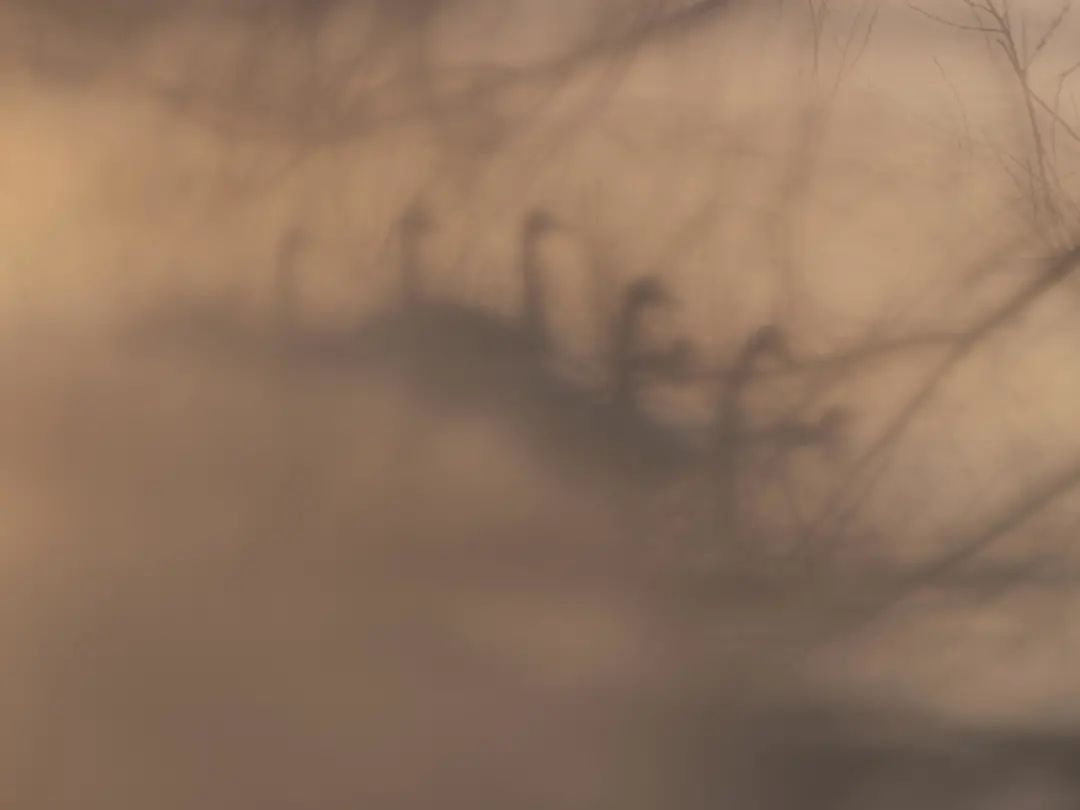
《魅羽》43x32cm哈内姆勒硫化钡+三明治+外框 2021/3
如果将《魅羽》作为王智艺术生涯中一个值得审视的节点,那么,此前20年王智所摄之天鹅影像,在同道中早已自成一格,久负盛名。在他得心应手、运用自如的散点透视、慢门追摇、多重曝光等技术技法的精准控制之下,作为拍摄对象的天鹅展示了观看者心目中的理想形象:高贵、优雅、圣洁、灵动。它们或游嬉于水,或翱翔在天;或曲项而歌,或交颈而眠……种种端妍美好,一一收入镜中,不断引发人们的赞叹与向往;而摄影者,也因此对这个理想形象产生了不断将其“理想化”的持续动机和创作动力。这种动机和动力,在相当程度上决定了摄影家的表现方式和视觉品位。
所谓“理想化形象”,实际上是人类将自身的理想人格投射于与此具备“相似性”的自然物之上,并以某种典型形象固定下来的特质集合。在摄影的范畴里,借由摄影术对人眼功能的延伸与改造,人类肉眼渴望看见却无法确见的瞬间可以被定格、局部可以被放大、方向可以被扭转、角度可以被偏移——事实与现实可以顺理成章地并不重合,而理想就在二者的裂隙之间喷薄而出、雄姿英发。说到底,如此这般的摄影的观看,是人类为满足自己所发明创造的一次选择机会:通过摄影,人们可以自主地选择观看,以及确立所需要的形象。
当这一选择投向与人类息息相关的自然界时,贡布里希所说的“第二自然”便产生了:它以自然为起点,却并不以它为终点。正如王智所摄之天鹅,其物种特征、生活习性是拍摄的基点,却绝不是创作的原点。
同时,如前所述,王智之所以曾为天鹅营造了湖光山色、国风画屏等环境与背景,亦皆因他所循之“理想”动机与动力——只有这样的世外桃源、古典雅设,才是作为“理想形象”的天鹅最“理想”、最“匹配”的空间!这样一个形象系统能够自洽,正是源自主体对客体的高度认同与主动“适配”,主体的创造性体现为对“理想化形象”的精准视觉化和审美趣味的精致风格化。
事实上,没有这样一段“理想化”的经历,王智也不会转而对此进行深思与超越。
If Glamorous Swan is regarded as noteworthy of scrutiny in Wang Zhi's artistic career, then the photos of swans taken by Wang Zhi in the previous 20 years have already become a unique style among the same photographers and have been famous. Under the precise control of his hand, scatter perspective, slow shutter chase, multiple exposure, and other techniques, the swan becomes the ideal subject of the photo in the viewers' minds: noble, elegant, holy, and agile. The swans either glide in the water, or soar in the sky; or sing, or cross their necks and sleep... all kinds of beautiful and elegant. These wonderful images are collected one by one in Wang Zhi's lens and continue to arouse people's admiration and yearning. Thus the photographer has managed to creatively realize an "idealization" to this already ideal image.
The so-called "idealized image" is a collection of human characteristics projected onto natural objects affixed with "similarities" to a certain typical image. In the field of photography art, the exact moment that the human eye is eager to see but cannot be sure can be fixed. That moment can be enlarged, its direction can be reversed, and the angle can be shifted——facts and reality may not logically overlap, but ideals burst out from the gap between the two. After all, the viewing of photography like this is an opportunity for humans to invent and create for their own satisfaction: through photography, people can independently choose between the image they want and the image they desire.
When this choice pertains to the natural world that parallels humans, E. H. Gombrich's "second nature" comes into being: it starts with nature but does not end with it. Just like the swans photographed by Wang Zhi, the characteristics and habits of animals may be the starting point for photographs, but by no means are they the origin of creation.
At the same time, as mentioned earlier, the reason that Wang Zhi chose to photograph swans amongst lakes and mountains, as if in a classical ink painting, is a consequence of his original “ideal” motives——only such a paradise, ancient and elegant surroundings, can be the most "ideal" and most "matching" space for the "ideal image" of the swan! Such an image scheme can be self-harmonious, precisely from the subject's high recognition of the object and active "fitting". The creativity of the subject is embodied in the accurate visualization of the "idealized image" amongst an exquisitely aesthetic style.
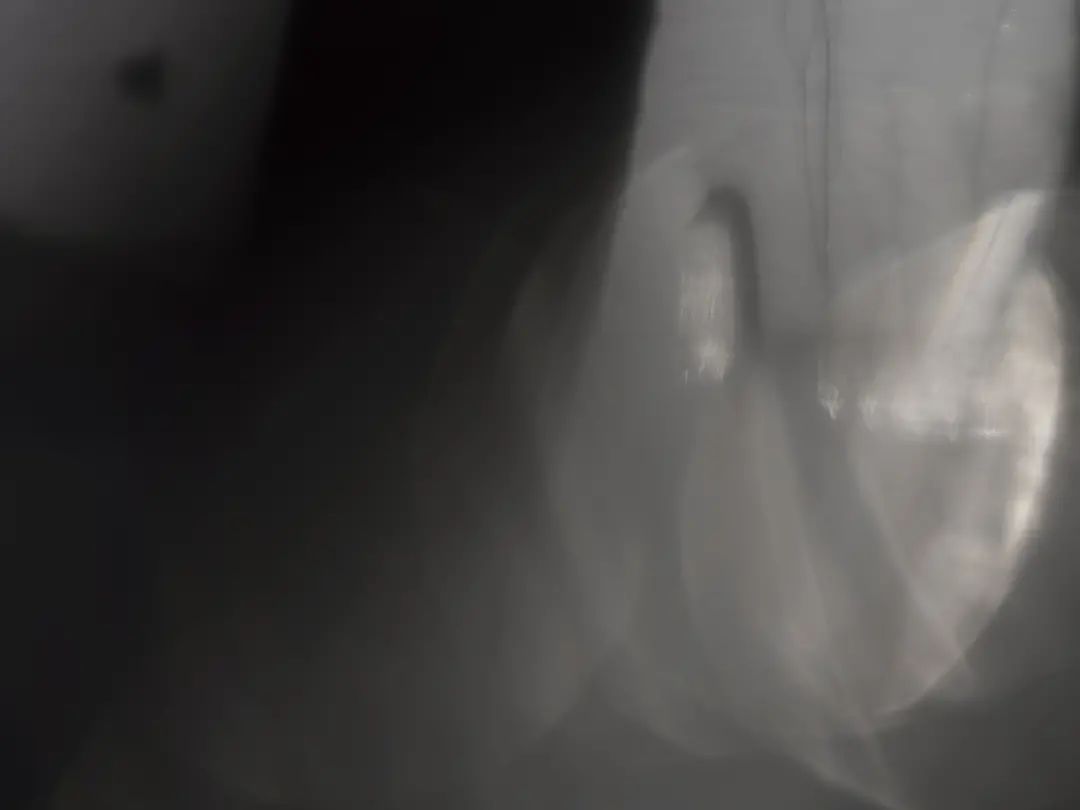
《魅羽》43x32cm哈内姆勒硫化钡+三明治+外框 2021/2

《魅羽》43x32cm哈内姆勒硫化钡+三明治+外框 2021/3

《魅羽》43x32cm哈内姆勒硫化钡+三明治+外框 2021/3
如果将《魅羽》作为王智艺术生涯中一个值得审视的节点,那么,此前20年王智所摄之天鹅影像,在同道中早已自成一格,久负盛名。在他得心应手、运用自如的散点透视、慢门追摇、多重曝光等技术技法的精准控制之下,作为拍摄对象的天鹅展示了观看者心目中的理想形象:高贵、优雅、圣洁、灵动。它们或游嬉于水,或翱翔在天;或曲项而歌,或交颈而眠……种种端妍美好,一一收入镜中,不断引发人们的赞叹与向往;而摄影者,也因此对这个理想形象产生了不断将其“理想化”的持续动机和创作动力。这种动机和动力,在相当程度上决定了摄影家的表现方式和视觉品位。
所谓“理想化形象”,实际上是人类将自身的理想人格投射于与此具备“相似性”的自然物之上,并以某种典型形象固定下来的特质集合。在摄影的范畴里,借由摄影术对人眼功能的延伸与改造,人类肉眼渴望看见却无法确见的瞬间可以被定格、局部可以被放大、方向可以被扭转、角度可以被偏移——事实与现实可以顺理成章地并不重合,而理想就在二者的裂隙之间喷薄而出、雄姿英发。说到底,如此这般的摄影的观看,是人类为满足自己所发明创造的一次选择机会:通过摄影,人们可以自主地选择观看,以及确立所需要的形象。
当这一选择投向与人类息息相关的自然界时,贡布里希所说的“第二自然”便产生了:它以自然为起点,却并不以它为终点。正如王智所摄之天鹅,其物种特征、生活习性是拍摄的基点,却绝不是创作的原点。
同时,如前所述,王智之所以曾为天鹅营造了湖光山色、国风画屏等环境与背景,亦皆因他所循之“理想”动机与动力——只有这样的世外桃源、古典雅设,才是作为“理想形象”的天鹅最“理想”、最“匹配”的空间!这样一个形象系统能够自洽,正是源自主体对客体的高度认同与主动“适配”,主体的创造性体现为对“理想化形象”的精准视觉化和审美趣味的精致风格化。
事实上,没有这样一段“理想化”的经历,王智也不会转而对此进行深思与超越。
如果一个“理想化形象”不断被加固、被认同、被传播而成为一个“概念”,如果一种视觉表现可以被复制、被模仿、被预设而成为一个“程式”,那么,形象的意义到底是什么?摄影家的意义又在哪里?
正是这样的“灵魂一问”,燃烧成巨大的内在驱动,促使王智慨然放手业已成功的“理想形象”,义无反顾地去追寻那个真正属于自己的“精神图像”。也正因为此,《魅羽》才有了伴随着思想认识的深化而产生的视觉文本的深度,才拥有了独立而完整的艺术价值,而不是为抽象而抽象、为改变而改变的虚意逢迎、矫揉造作。
显然,这一次王智大刀阔斧、删繁就简,将天鹅的形象悉数简化到极致,所有的细节——以往清晰刻画与着力表现的形态、动作、质感等皆消弭为剪影中隐约的轮廓,甚至是虚影中混沌的暗调;而环境与背景则比主体更为模糊难辨。在一片参差交错的明暗涌流中,光线制造着节奏的起伏、情绪的流动与单纯的神秘。你所看到的,不再是“那一只只”美丽的天鹅,而是“所有”天鹅的化身,以及关于“天鹅”的隐喻与象征——高度提炼的形象彻底脱离了一切具体指征,脱离了“理想化形象”所附着的一切约束与规定;画面中的每一只天鹅都因为只保留了最本质的“相似性”而成为整体的代言;而这种整体性,与形象谱系的整体性——图像、视觉、感知、精神与词语的总体遥相呼应。这种呼应将对于形象的认识推进了一步:形象固然可以是显于图像/照片中的具体所见,但它更是对一种相似/类比关系的认知,高度抽象的形象以其内在的本质属性呼唤所有与之相关的意识、认知、记忆、情感与想象。所以,形象可以脱离图像而存在;而代表着某种形象的图像,既是一种个别样本,又是它所属的整体序列的样本;即它既是特殊的个别,又包含着总体的象征形式。
因此,我们可以由此天鹅之像,与圣桑的《天鹅》之乐与马拉美的《天鹅》之诗相偕而行。
这就是形象之所以不是概念的原因,及其意义。
也是摄影家创造一个形象的真正意义。
“一个概念属于全世界,一个形象只属于你一人”——当王智离普遍性的概念越远,他就距独特性的形象越近。从他者的“理想化形象”中出走,从一个被广泛接受的模式中出走,需要极大的勇气与智慧;而通过这种“出走”完成对自我“精神图像”的探索与建构,更是如此。
If Glamorous Swan is regarded as noteworthy of scrutiny in Wang Zhi's artistic career, then the photos of swans taken by Wang Zhi in the previous 20 years have already become a unique style among the same photographers and have been famous. Under the precise control of his hand, scatter perspective, slow shutter chase, multiple exposure, and other techniques, the swan becomes the ideal subject of the photo in the viewers' minds: noble, elegant, holy, and agile. The swans either glide in the water, or soar in the sky; or sing, or cross their necks and sleep... all kinds of beautiful and elegant. These wonderful images are collected one by one in Wang Zhi's lens and continue to arouse people's admiration and yearning. Thus the photographer has managed to creatively realize an "idealization" to this already ideal image.
The so-called "idealized image" is a collection of human characteristics projected onto natural objects affixed with "similarities" to a certain typical image. In the field of photography art, the exact moment that the human eye is eager to see but cannot be sure can be fixed. That moment can be enlarged, its direction can be reversed, and the angle can be shifted——facts and reality may not logically overlap, but ideals burst out from the gap between the two. After all, the viewing of photography like this is an opportunity for humans to invent and create for their own satisfaction: through photography, people can independently choose between the image they want and the image they desire.
When this choice pertains to the natural world that parallels humans, E. H. Gombrich's "second nature" comes into being: it starts with nature but does not end with it. Just like the swans photographed by Wang Zhi, the characteristics and habits of animals may be the starting point for photographs, but by no means are they the origin of creation.
At the same time, as mentioned earlier, the reason that Wang Zhi chose to photograph swans amongst lakes and mountains, as if in a classical ink painting, is a consequence of his original “ideal” motives——only such a paradise, ancient and elegant surroundings, can be the most "ideal" and most "matching" space for the "ideal image" of the swan! Such an image scheme can be self-harmonious, precisely from the subject's high recognition of the object and active "fitting". The creativity of the subject is embodied in the accurate visualization of the "idealized image" amongst an exquisitely aesthetic style.
In fact, without such an "idealized" experience, Wang Zhi could not begin to ponder and then transcend.
If an "idealized image" is continuously strengthened, recognized, and disseminated to become a "concept", and if a visual performance can be copied, imitated, and presupposed to become a "program", then the meaning of the image? What is the meaning of a photographer?
It is this direct question that ignites an immense internal drive within Wang Zhi. It has prompted him to let go of the "ideal image" which he had already captured successfully and instead pursue the "spiritual image" that truly belongs to him. It is precisely because of this that the art of Glamorous Swan realizes true depth and ideological understanding, and thus it has independent and complete artistic value. It is neither abstract for the sake of abstraction nor dynamic for the sake of change, and it evades a sense of greed or pretentiousness.
This time, Wang Zhi was bold and simplified the image of the swan to the extreme. All the details——the form, movement, texture, etc., which were clearly described and intensively expressed in the past, disappeared into the faint outlines of a silhouettes. It is like the dark tone of the chaos of a phantom; the environments and backgrounds are more vague than before and difficult to distinguish from than the subject. In the cross of light and dark, the light creates rhythms, emotions, and pure mystery. What you see is no longer just the beauty of each swan, but the incarnation of all swans, as well as the metaphors and symbols of “swan”—— the highly refined image is completely free from all specific indications. It breaks away from all the constraints and regulations attached to the "ideal image"; each swan in the photos retains only the most essential "similarity" and becomes an endorsement of the whole; And this wholeness echoes with the wholeness of the image pedigree, including image, vision, perception, spirit, and words. This kind of response advances the understanding of the photo: although the image can be concretely seen in the photo, it is in fact the conception of a similarity relationship. And the abstract image calls for all the related consciousness, cognition, memory, emotion, and imagination with its inherent nature. Therefore, the image can exist as a representation of a certain image, not as just one sample but rather a multitude of samples of the overall sequence to which it belongs, which is both a special single existence and a symbolic form that contains the whole meaning behind the image.
Therefore, we can go with the image of "Swan" and the joy of "Swan" by Saint-Saëns and the poem of Swan by StIJphane MallarmIJ.
This is the reason and meaning that the image is not a concept.
It is also the true meaning of the photographer's creation of an image.
"A concept belongs to the whole world, but an image belongs to you”. When Wang Zhi is further away from the concept of universality, he is closer to the image of uniqueness. It takes great courage and wisdom to escape from the "idealized image" of others and a widely accepted model; to complete the exploration and construction of the self's "spiritual image" through this "escape" is even more important.

《魅羽》120x160cm哈内姆勒硫化钡+三明治+外框 2021/3

《魅羽》120x160cm哈内姆勒硫化钡+三明治+外框 2021/3
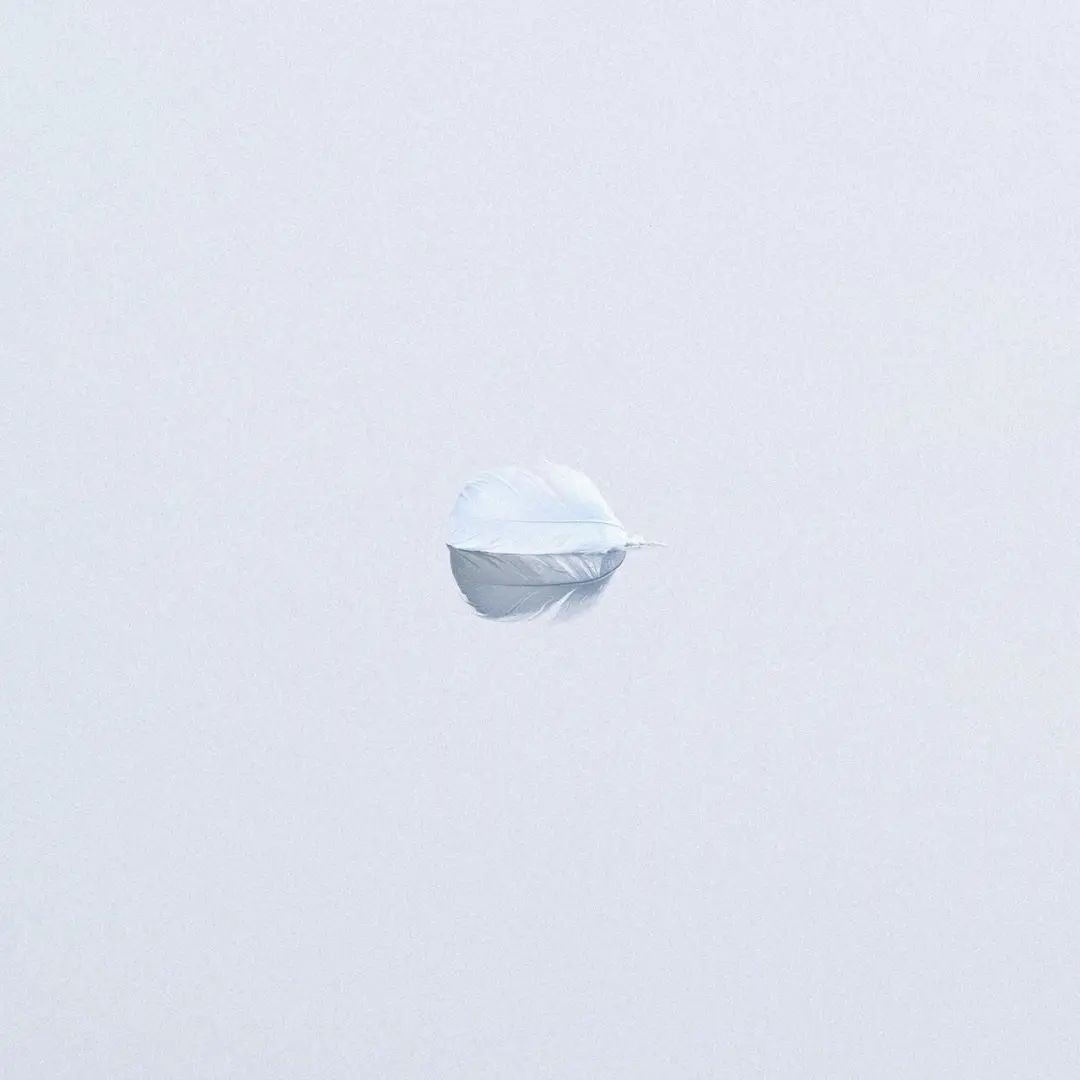
《魅羽》150x150cm哈内姆勒硫化钡+三明治+外框 2020/10
人类历史进入21世纪后的第一个20年已经结束,第二个20年则以完全意想不到的方式来临。关于人类生态文明转型的讨论与实施显得更加重要与急迫:能源危机、资源枯竭、气候恶化、物种灭绝等诸多生态灾难,伴随着全球消费主义加剧和城镇化快速推进遍及世界的每一个角落,并波及每一个生命个体。业已步入暮年的工业文明的旧的身份认同正在瓦解,而方兴未艾的生态文明的新的身份认同又太过脆弱。人类文明如何可持续地健康发展?人类如何救赎自身?自然、社会乃至生活的深层结构,如何在大破大立中确立新的范式?这一系列的问题,都在期待着真知灼见。
我以为,这是《魅羽》所处的第二个背景,也是评析它的现实背景。
如果图像是我们接近图像所表现的事物的途径,那么,《魅羽》在图像语言上走向抽象的同时,在图像的象征与隐喻上却明确地指向了现实社会与人类当下的处境。
在黑暗中游弋于一线光明的天鹅,彷徨徘徊、飘忽不定;它们依然是美的,只是这美,时时刻刻面临着被黑暗吞没、被网罗肢解的危险——纷乱的线条在动荡不安中切割着画面,铁丝网作为背景的出现直接引入了紧张与压抑感,而贯穿始终的金色阳光,在一片混沌中缓缓开启着闪烁的澄明。
这种不同以往的情绪与气质当然来源于主体的内省与外观;而这种主体性本身,也是现实处境的产物。
法国后结构主义哲学家菲利克斯·加塔利在其著作《三重生态学》中指出:“我们最终只能通过以下阐释,来规避我们这个时代的重大危机:新生的主体性;不断变异的社会场域;处于再造过程中的环境。”人类自我救赎的生态生存斗争,不仅仅是保护地球、保护环境,也是保护人类社会,乃至人类稀有的、特异性的心智。因为人类主体性在某一特定领域的创造性发展,将促进其在其他领域的发展。最终,所有这些领域的良性发展,将“从最细微处开始,逐步再造和重建人类自信心”。
一部以真诚热切回应着现实悸动的摄影作品,便是这“最细微处”之一。
《魅羽》中的天鹅,不再仅仅是一个珍稀的物种、一个美丽的对象,而是一种生命真实而生动的存在;拍摄者与被拍摄者之间,也不再仅仅是基于长期观察的熟悉、源自个人偏好的喜爱,而是感同身受的理解、心心相印的亲切——我观天鹅,天鹅亦观我;我以天鹅观天鹅,天鹅亦以我观我。由是,从前壁垒分明的它们与我们,在生命的意义上同感一灵、殊途同归。而抵达了这样的意义层面之后,如德勒兹所言:“我们就不再将自己当作是位于生命之上并与生命相对立的不变的感知者”,我们将通过感知生命本身去肯定生命,去尊重和善待世间一切生命——既“爱人”又“爱物”,把人性和物性通过生命和生成之流联结在一起,最终实现所有物种的生态公平,走向人与自然双重完善的生态人本主义,从而实现人类对自身困境的终极救赎;在对“理想形象”的祛魅中,完成“精神图像”的圆满。
在这充满希望与挑战的过程之中,主体性生产是关键,也是成果。
如同《魅羽》的完成,也是作者自我的一次完成。
The first 20 years of human history in the 21st century have ended, and the second 20 years have come in a completely unexpected way. The implementation and transformation of human civilization with regards to the environment are even more important and urgent: energy crisis, resource depletion, climate deterioration, species extinction, and many other ecological disasters. Accompanied by the intensification of global consumerism and the rapid advancement of urbanization, which have spread to every corner of the world, no individual remains unaffected. The old identity of industrial civilization is disintegrating, and yet the new identity of the emerging ecological civilization is too fragile. How can human civilization develop sustainably and healthily? How does humanity redeem itself? How can the entrenched structure of nature, society, and life establish a new paradigm in a breakthrough? This series of questions has yet to be resolved.
I think that this is the second background of Glamorous Swan, and it is also the realistic background for its analysis.
If the image is our approach to the things represented by the image, then while Glamorous Swan moves towards abstraction it also points to the current situation of society and human beings in its symbolism and metaphor.
Swans appear cruising in the dark with a gleam of light, wandering and erratic; they are still beautiful, but this beauty is always in danger of being swallowed up by the darkness and dismembered by a trap——the chaotic lines cut through the turmoil in the picture, and the shadow of barbed wire in the background directly introduces tension and depression, while the golden sunlight that runs through the chaos slowly opens up flickering clarity.
Of course, this different mood and temperament come from the Wang Zhi's introspection and the subject's appearance; and this subjectivity itself is of course a product of actual circumstances.
The French post-structuralist philosopher FIJlix Guattari pointed out in his book Triple Ecology: "In the end, we can only avoid the major crisis of our time through the following interpretation: the new subjectivity; the constantly changing of the social field; the environment in the process of reengineering." The struggle for ecological survival of human self-salvation is not only to protect the earth and the environment but also to protect the rare and specific minds of human society and even mankind. Since the creative development of human subjectivity in a particular field will promote its development in other fields. In the end, the benign development in all these areas will "start from the most subtle, and gradually recreate and rebuild human self-confidence."A photographic work that sincerely and eagerly responds to reality is one of these "most subtleties”.
The swans in Glamorous Swan are no longer just a rare species or beautiful objects, but a real and vivid existence of life; the relationship between the photographer and the subject is no longer just a familiarity based on long-term observation and love derived from personal preference, but one of empathy and kindness of heart. I observe swans, and swans also observe me; and I observe swans as if I'm a swan, and they observe me as if human. In the past, the swans had clear barriers with us, and yet they have the same spirit and the same goal with us in life just by different paths. After reaching this level of meaning, as Gilles Deleuze said: “We no longer regard ourselves as the constant perceiver above standing against life.” We will affirm life by perceiving life itself, respect and treat all life in the world well——both "loving people" and "loving objects", linking human nature and non-human nature through the flow of life and generations, and ultimately achieving ecological justice for all species by moving towards the dual perfection of man and nature. To realize the ultimate salvation of human beings from their own plight, in the process of disenchantment of "ideal image", we should complete the perfection of "spiritual image”.
In this process full of hope and challenges, subjective production is the key and also the result.
Just like the completion of Glamorous Swan, it is also a completion of the author's self.
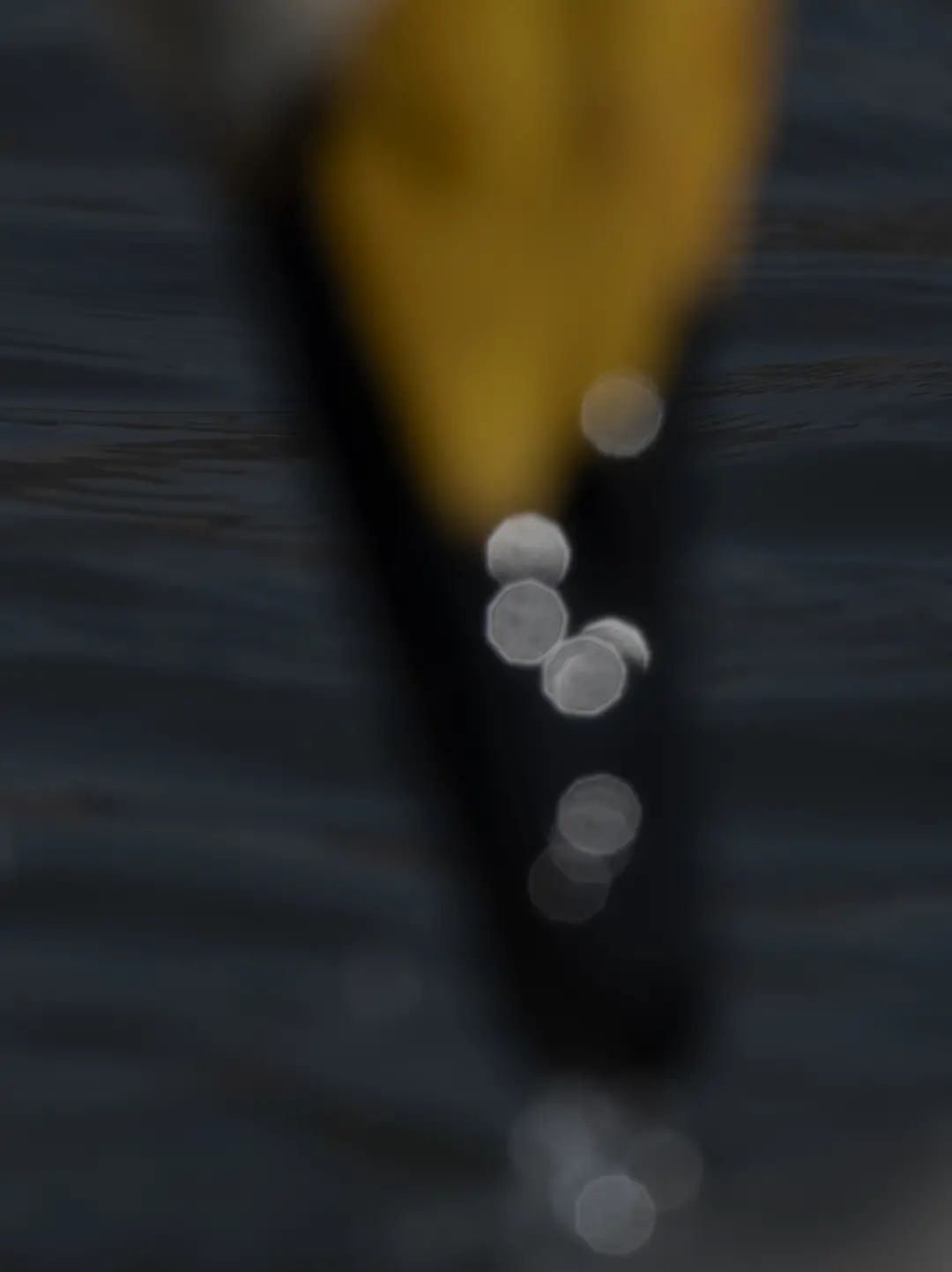
《魅羽》43x32cm哈内姆勒硫化钡+三明治+外框 2020/12
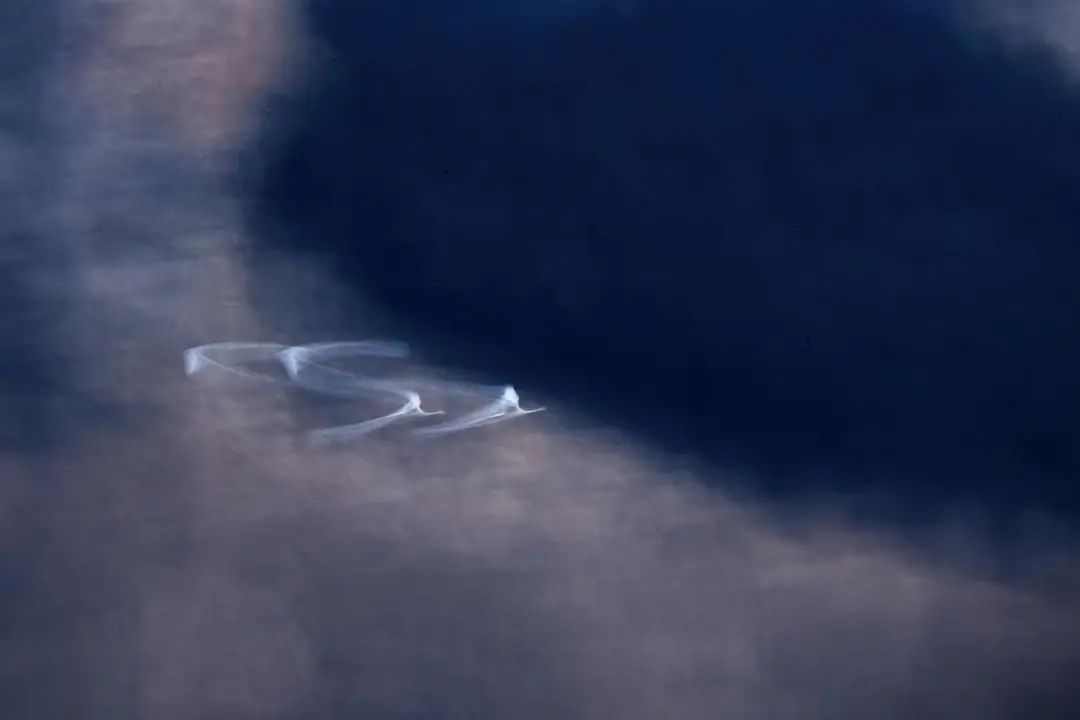
《灵霓》150x100cm哈内姆勒硫化钡+铝塑板+外框 2017/12
如今,我们应当已经达成这样一个共识:视觉并非简单的自然功能,视觉不仅包含透镜和视网膜的生理学,也包括整个意识形态领域,即那些事先选择、编码的知觉特征和结构。
海德格尔的著名论述当然也一再被引用:我们正生活在“世界图景的时代”;世界图景并不是从早前的中世纪转变为现代时期,而是说,世界已经转而成为图景这个事实正是现代时期的本质。
而本雅明曾经如此论述:摄影既不是艺术,也不是非艺术(纯技术)——它是改造艺术整体性质的一种新的生产方式。固守“摄影要么是艺术,要么是非艺术”的传统观念等于陷入某种拜物教的泥淖。
有趣的是,当代艺术语境下,上述争论依然存在,而摄影的定义却面临着改写。
倘若将此作为评析《魅羽》的第三个背景,那么,我们不难得出这样的结论:这不是一个结束,而是一个开始。
王智坦陈,《魅羽》刷新了他的摄影经验与摄影体验。以前,他每每事先充分准备,尔后高度控制,最终如愿以偿——每一帧影像,都在意料之中,都是必然结果。而这一次,他的大脑时常一片空白,索性游目骋怀、从心所欲,任由现场触动的情绪、感觉随性带领,不假思索地按动快门,以至忘记了技术参数,也放弃了后期剪裁——每一个画面,都是不期而遇,都是偶然惊喜。他说,最后他甚至忘记了自己的存在,只有一只只天鹅,从他心灵深处翩然飞来,落在镜头前,成为一个个无比陌生而又无比亲切的形象。
这便是一个永恒的开始,因它与生命相连,与心灵相通。
这是所有可能性的真正源泉。
艺术的原野必然歧路纵横、气象万千,它从来没有标配,也不设定终点。艺术的发展绝非一条直线,反而像雨刷或钟摆,总是反反复复。艺术并不是树立一个“理想形象”供人膜拜;恰恰相反,它是在不断地对此进行质疑、批判、改变、颠覆中保持着对“精神图像”的不懈追求与探索,并由此保持着自身永不枯竭的生命力与创造力!
艺术如是,艺术家亦如是。
2021年5月
广州止止堂
Nowadays, we should have reached such a consensus: vision is not a simple natural function. Vision requires not only the physiology of the lens and the retina but also the entire ideological field.
Martin Heidegger's famous statement is of particular importance: “We are living in the ‘age of the world picture'”; in the world's transformation from the early Middle Ages, it has turned in a picture itself and this is an essence of the modern era.
However, Walter Benjamin once said that photography is neither art nor non-art (pure technology)——it is a new production method that transforms the overall nature of art. Sticking to this traditional concept that photography is either art or non-art is tantamount to falling into a certain kind of ideological snare.
Interestingly, in the context of contemporary art, the above controversy still exists, but the definition of photography is still dynamically being rewritten.
If this is used as the third background for the analysis of Glamorous Swan, then it is not difficult for us to come to this conclusion: this is not an end, but a beginning.
Wang Zhi said frankly that Glamorous Swan refreshed his photography experience and practice. In the past, he always made full preparations in advance, then took a high degree of control, and finally achieved his wish——every frame of image was expected, and it was an inevitable result. But this time, his mind purposefully without preconceived plan, wandering yet calmly led by his emotions and feelings drawn from the scene in front of him. He also has forgone the post-cutting process——every picture is an unforeseen encounter and surprise. He said that in the end he even forgot his own existence. There were only swans flying from the depths of his heart and falling in front of his camera, becoming the strange and kind images that he captured.
This is an eternal beginning because it is connected with life and connected with the soul.
This is the true source of all possibilities.
The wilderness of art is bound to be divergent and varied. It never has a standard, and it doesn't set the endpoint. The development of art is by no means a straight line, but rather like a pendulum, always repeating itself. Art does not establish an "ideal image" for people to adore. On the contrary, it maintains its unremitting pursuit and exploration of "spiritual image" while constantly questioning, criticizing, changing, and subverting it, and thus it maintains inexhaustible vitality and creativity!
Art is like this, and so are artists.
May, 2021
Guangzhou Zhizhitang
「 艺术家介绍 」

王智
祖籍山东,生于黑龙江省鹤岗市
1984年接触摄影 中国摄影家协会会员
2012年美国电影学院摄影专业学习
展 览
《蓝色・旅途》个展
2019年中国摄影家协会画廊
2019年河南省艺术中心
2019年第八届大理国际影会
2019年三门峡自然生态国际摄影大展
2020年第20届平遥国际摄影大展
2020年“第五届西安丝路影像博览会”
2020年东江湖摄影艺术馆特別邀请展
《魅羽》个展
2021年三门峡中国摄影艺术馆
2021年北京中国摄影画廊
2021年第九届大理国际影会
2021年影像上海艺术博览会
《婆娑》
2021年“定·位 Aphoto”当代摄影艺术展
2021年河南省艺术中心
荣 誉
“全球自然生态摄影师扶持项目”终评评委
《蓝色・旅途》
2020年第20届平遥国际摄影大展“优秀作品奖
2020年西安丝路影像博览会最佳展览呈现奖
《魅羽》
2021年第九届大理国际影会DIPE国际摄影节主席联盟大奖
收 藏
2015年定西市美术馆收藏
2019大理摄影博物馆
2020年东江湖摄影艺术馆收藏
2021年中国摄影艺术馆收藏
2022河南省美术馆收藏
出 版
2019年 《蓝色・旅途》(5卷本)中国图书出版社出版
2021年 《魅羽》中国摄影出版社出版
Wang Zhi
Born in Hegang, Heilongjiang Province in October 1964
Member of China Photographers Association
In 1984, started photography
In 2007, studied photography in New York Institute of Photography
In 2012, studied photography in the American Film Institute through the Exchange Program
Exhibitions
"Blue Journey":
In 2019, Solo Exhibition hosted by Gallery of Chinese Photographers Association
In 2019, Solo Exhibition held at Henan Provence Art Center
In 2019, Solo Exhibition held at the 8th Dali International Photography Festival
In 2019, included in the Sanmenxia International Photography Exhibition
In 2020, included the 20th Pingyao International Photography Exhibition
In 2020, Included in the 5th Xi’an Silk Road Photography Fair
In 2020, Solo Exhibition through special invite by Dongjiang Lake’s Photography Museum of Art
“Glamorous Feathers”:
In 2021, Solo Exhibition held at China’s Photography Museum of Art at Sanxia
In 2021, Solo Exhibition hosted by Gallery of Chinese Photographers Association
In 2021, Solo Exhibition held at the 9th Dali International Photography Festival
In 2021, Solo Exhibition held at Henan Provence Art Center
“Whirling”:
In 2021, included in the “Position A Photo” Contemporary Photography Exhibition
In 2021, collected by Henan Provence Art Center
Honors
In 2019, appointed as judge of the “Global Natural Ecological Photographer Support Project” finalists
“Blue Journey”:
In 2020, won the Excellent Work Award at the 20th Pingyao International Photography Exhibition
In 2020, won the Best Exhibition Award at the Xi’an Silk Road Photography Fair
“Glamorous Feathers”:
In 2021, won the DIPE International Photography Festival Chairmen’s Award at the 9th Dali International Photography Festival
Collected Works
In 2015, collected by Xishi Art Center
In 2019, collected by Dali’s Museum of Photography
In 2020, collected by Dongjiang Lake’s Photography Museum of Art
In 2021, collected by China’s Photography Museum of Art
In 2022 collected by Henan province art museum
Published Works
In 2019, five-volume albums Blue Journey were published by China Tushu Publishing Ltd.
In 2021, Glamorous Feathers was published by China Photographic Publishing House
时间
公众开放时间 7/22-7/24 11:00-21:00
地点
青·美术馆
预售 单日48/双日68/三日88
现场 单日60/双日120/三日180

展场概览
青美术馆位于苏州古城的核心区域,毗邻有“千年府学”之称的苏州中学和苏州文庙,美术馆南侧还有以江苏巡抚衙门为代表的一片规整明清建筑群,美术馆在修建过程中出土了大量明清瓷器,而毗邻十全街则满是咖啡馆小酒馆,古城区深厚多样的文化商业氛围逐渐成为了年轻人休闲消费的热门区域。
美术馆所在地前身是1953年创立的苏州铁路机械学校,南区四座建筑风格各异,打造一座全新的年轻态生活美学主题商业艺术集合体,青·美术馆建筑面积达3000平方,包含学术报告厅、展厅等多个空间,全展线长约近500米,艺术博览会将在美术馆2楼主展厅举办,美术馆大厅是一座高达8米,面积360平方米的无柱空间,是本次艺术书展以及出版物单元举办场所,户外院落达1700余平方,密布百年老树名木,是本次艺术市集的举办场所。
主办方

青·美术馆建筑面积达3000平方,包含艺术品商店、画廊、学术报告厅、展厅等多个空间,全展线长约近500米。户外为老洋房院落园中各类植物肆意生长,百年老树、挂牌名木为其更添几分幽静,闲适的自然环境无疑将吸引着苏州青年流连驻足,成为城市艺术的地标性据点。

M+金狮“校園裏”,一个融合苏州文化特色与国际艺术理念、建立开放式园区与城市生活共创共生、承载城市地标意义的苏州首家“校园”主题文化新概念艺术园区。

西画廊,2020年2月成立于兰州的专业影像画廊,致力于影像作品的展览,传播,交流,收藏,充分体现影像价值,主要推广当代艺术中的影像艺术作品以及中国纪录片导演摄影作品、录像作品。



 豫公网安备 41019602002106号
豫公网安备 41019602002106号